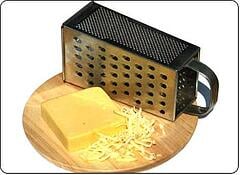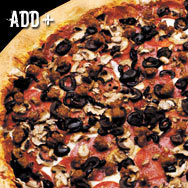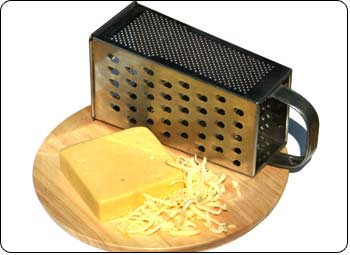Most pizza operators have point-of-sale systems to help them ring up orders accurately and account for their cash at the end of the night. But very few owners take advantage of one of the most critical, money-saving features built in to their POS system - the inventory tracking. If you're shopping for POS, don't skip this critical system feature.
The Basics: Getting Started
The first element of your inventory tracking software is how you set up your ingredients. These are the items that you purchase from your vendors. Things to look for include:
These are the items that you purchase from your vendors. Things to look for include:
-
Easy ingredient entry with internal & vendor IDs
-
Multiple unit breakdowns / yield ratios: A single ingredient may be purchased in a case, but stored in a bottle and used in an "ounce" measurement. Make sure you can set up these ratios
-
Par level: Helps you determine how much of the ingredient you want to keep on hand
-
Customizable category tracking for your reporting
-
Multiple storage location options, as you may store the ingredient in the freezer, the walk-in and on the make-line.
-
Historical purchase record to show how much you've paid in the past
-
The ability to combine multiple ingredients into a 'recipe' that can then be used to make an item you sell, and can be used for physical counting. For instance, you might combine several purchased ingredients to make your sauce, which is what you put on a pizza.
Purchasing & Receiving
Once you enter your ingredients, you'll use the purchase order & receiving functions to help you replenish. Look for easy ways to generate purchase orders based on historical purchases or par levels. Make sure that you have an easy way to transmit those purchase orders to your vendor (electronically or via email) and then you can edit the received invoice to reflect actual quantities, price changes, or additional costs.
Physical Inventory
Counting your on hand ingredients is critical to maintaining proper inventory controls. You may want to choose just your most expensive ingredients to count regularly. Look for a physical inventory counting system that is easy to navigate and can be entered on a phone or a tablet. It should be organized by location in a logical way, and let you count just certain portions of your inventory at once (by vendor, by category, or by location).
Ideal Food Cost
If you want to get an ideal food cost - so that you can track your variances - you'll need to set up a connection between the items you sell & the ingredients you purchase. This is the heart of an effective inventory system - and what really distinguishes a proper "pizza" system from a general restaurant system. A pizza system will recognize that topping quantities can vary based on the total number of toppings on a Build-Your-Own pizza - so if you have a Pepperoni & Sausage pizza, you'll probably use more sausage then you would on a Pepperoni, Sausage, Green Pepper & Mushroom pizza, and maybe you would use a different amount still on your Combo pizza. Look for a system that makes this easy, and can tell you the cost of your pizza as you set it up.
set up a connection between the items you sell & the ingredients you purchase. This is the heart of an effective inventory system - and what really distinguishes a proper "pizza" system from a general restaurant system. A pizza system will recognize that topping quantities can vary based on the total number of toppings on a Build-Your-Own pizza - so if you have a Pepperoni & Sausage pizza, you'll probably use more sausage then you would on a Pepperoni, Sausage, Green Pepper & Mushroom pizza, and maybe you would use a different amount still on your Combo pizza. Look for a system that makes this easy, and can tell you the cost of your pizza as you set it up.
If you're serious about tracking inventory usage, you'll need to be able to account for exceptions. Check out the system's ability to make adjustments to ingredients or to record "waste" when an entree is dropped on the floor. Make sure that you can account for ingredients based on order type (boxes for deliveries / to go only).
Reports & Analysis
Once your inventory is properly set up, your reports should be able to help you analyze your business:
-
Item food cost comparisons: Once you understand the food costs of different items you sell, you can better decide how to price items, which low margin items to avoid discounting, and which high margin items to promote more heavily.
-
Variance reports: Check your variance reports to see if any ingredients are out of whack. If you have large discrepancies between what you should be using (based on what you are selling) and what you are actually missing every week, you could have a portioning problem or a theft problem.
Investing time and energy into inventory management can be a headache, but with the right software in place, you'll find it is manageable and a profitable investment for your business.



